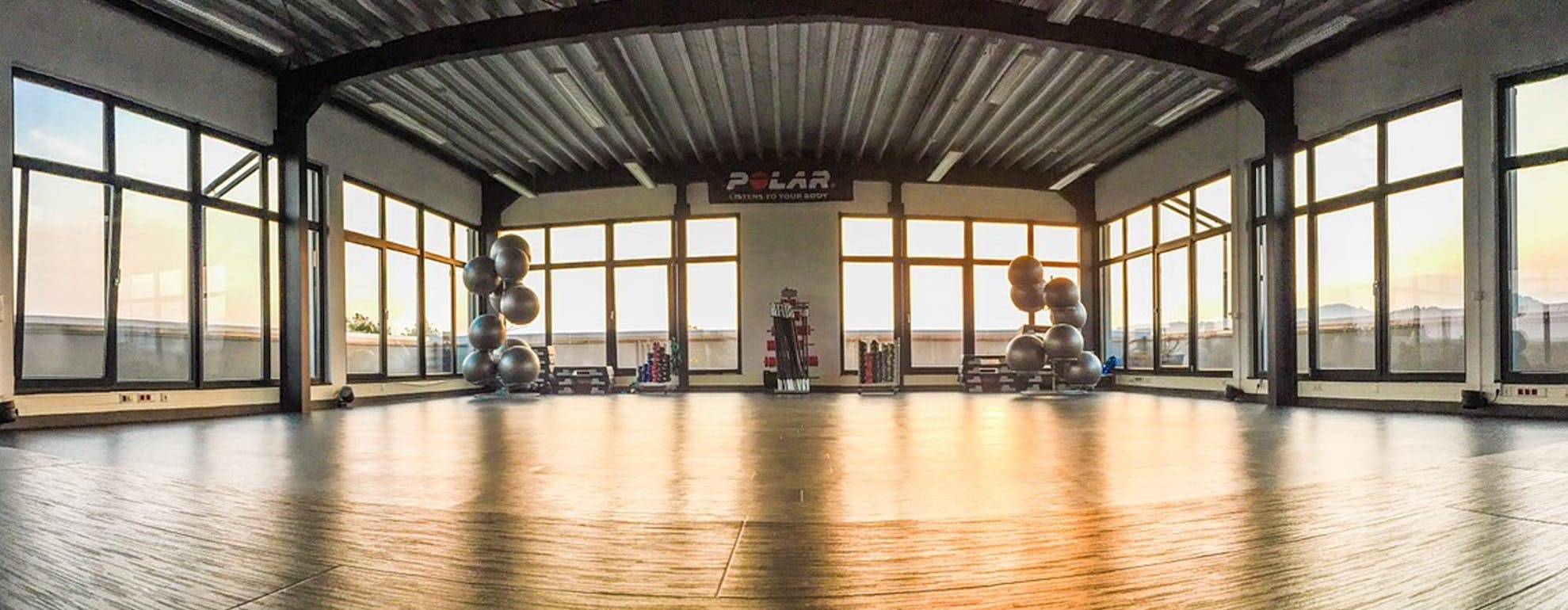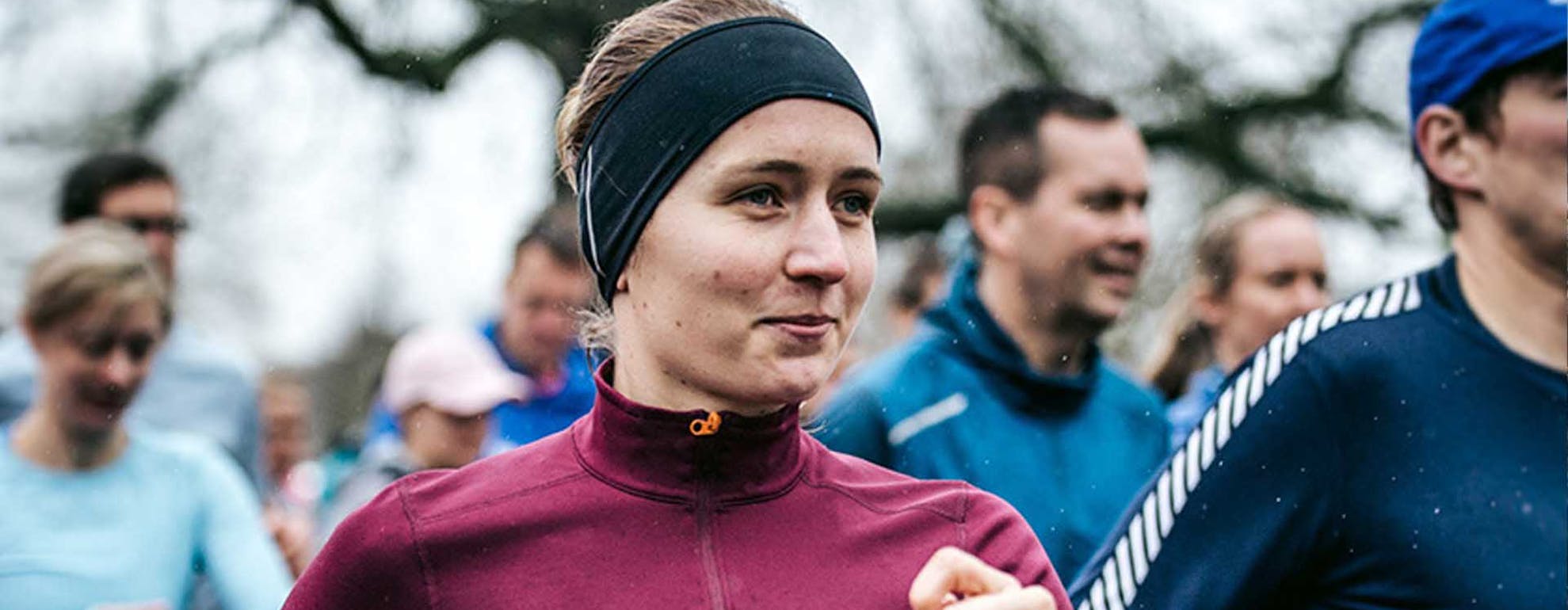
How does Trail Running compare to Road Running?
Trail and road running have always been two distinct disciplines, both making different demands on running technique and effort. We’re now seeing more and more of a crossover as off-road running booms in popularity, and more runners venture into the world of trail running.
So, how does trail running compare to road running, and how can it improve your overall performance?
ㅤ

ㅤ
Effort over Pace
Technical terrain demands your full attention, making it impossible to focus on speed and performance and to stay rigidly within a set pace. The trail will slow you down and force you to focus more on your body and less on your watch. For trail running purists, this often sums up the joy of off-road running, but for road runners there is an added benefit: running on gentle trails can allow active recovery between intense workouts. Road runners can use the trails for long slow runs and recovery runs, but bearing in mind that tough hill sections can be counter-productive to the recovery process.
ㅤ
Trail Running Conditions the Body in a Different Way
Trail running puts you onto your toes, shortens your stride, and activates and conditions ancillary muscles and connective tissues not normally used for forward motion in road running. Alternating forward and lateral movements as you navigate the trail makes your body work harder to maintain balance. This results in improved hip flexor, abductor, lower back and abdominal strength, with greater foot and ankle stability.
For road runners this is beneficial in taking the load off larger muscle groups, and reducing the risk of injury. More hilly trails also provide a great workout for leg strength and power, essentially the equivalent of hill repeats on the road – and have the advantage of being less monotonous, with better scenery.
ㅤ
Reduced Risk of Overuse
Road runners are used to firm, smooth surfaces, which allow them to push the pace without worrying about where they’re putting their feet. However constant pounding on the roads and pavements, can take its toll on major muscle groups and joints, and can lead to overuse injuries.
Uneven terrain increases the risk of turning an ankle, but the softer surface of the trails reduces ground impact force. This in turn reduces repetitive micro trauma caused by road running, and lessens the risk of overuse injuries such as shin splints and ITBS.
ㅤ
The Weather Impacts Trail Runners More
Aside from snow and ice, road runners can turn out in pretty much all weather with a good idea of what to expect from their run. For trail runners, even light rain can significantly impact their training session, turning a hard packed trail into a quagmire and benign conditions into the hazardous. Shoe selection for trail runners becomes even more important as they consider what surface conditions they are likely to encounter, and safety is priority.
ㅤ
Preparation
It follows from this that trail runners can’t just pull on their trainers and head out for a run in the same way as road runners. A trail run is unpredictable and trail runners need to consider their route, weather conditions, that they may be alone on the trail, and to ensure that kit-wise they are prepared for whatever the weather or trail might throw at them.
ㅤ
Trail Running Boosts Our Mood
All running releases feel-good endorphins which boost our mood, but a growing body of research suggests that this effect is elevated when we take our running off the pavements and onto the trails. This is the so-called “green exercise” effect which ties in to our inherent need to be amongst nature, which is shown to lift our mood and boost self-esteem. Along with quiet, tranquil trails, a focused run and stunning scenery, this leads to a Zen-like state which delivers a natural, mental pick-me-up.
ㅤ
Trail Running Culture is Ultra Laid Back
Trail running not only forces you to forget the watch and regimented training sessions, but generally has a more laid back culture. Nowhere is this more apparent than at trail races. Road runners, used to starting pens, uniform organisation and meticulous distance measurements, often experience a culture shock at trail events, which are low key, laid back and the distance might easily be one or two miles longer than stated. Trail running is less about personal bests and more about personal challenges, which explains its rising popularity. And for burned out road runners, it can provide the perfect respite to regain a love of running.
Looking for some training tips and advice? Then head over to our Training category where our athletes and experts explain everything you need to know.
Welcome
Welcome to the SportsShoes Training Hub! We’ve teamed up with athletes and experts to bring you the very best advice on how to maximise your workouts and achieve your best results.
Read More
Share this
Featured Articles
View All



